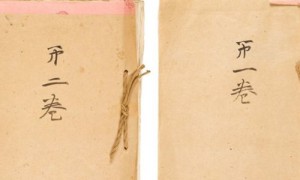
A team led by Chinese scientists in the United States has found evidence of the existence of Majorana fermion, a particle that is also its own antiparticle. Their findings confirmed what Italian theoretical physicist Ettore Majorana proposed 80 years ago, and would certainly bring dramatic change to the current quantum theory.
The discovery followed a plan proposed by Shoucheng Zhang, professor of physics at Stanford University and one of the senior authors of a research paper published Thursday in journal Science, and his colleagues.
"Our team predicted exactly where to find the Majorana fermion and what to look for as its 'smoking gun' experimental signature," said Zhang. "This discovery concludes one of the most intensive searches in fundamental physics, which spanned exactly 80 years."
A 80-year-long search
In 1928, English physicist Paul Dirac made the prediction that every fundamental particle in the universe has an antiparticle, as its identical twin but with opposite charge.
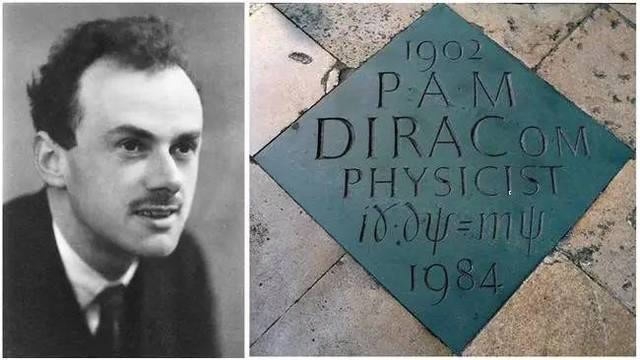
File: Paul Dirac and his tomb. /VCG Photo
He also believed that when particle and antiparticle met, they would be annihilated, releasing a poof of energy. A few years later, the first antimatter particle, namely the electron's opposite, the positron, was discovered by US physicist Philip Anderson by accident.
In 1937, Italian physicist Ettore Majorana predicted that in the class of particles known as fermions, which includes the proton, neutron, electron, neutrino and quark, there should be particles that are their own antiparticles.
The first firm evidence of such a fermion was found in latest lab experiments on exotic materials at the University of California (UC) in collaboration with Stanford, by a team led by UC-Irvine Associate Professor Jing Xia and UCLA Professor Kang Wang.
Majorana's prediction applied only to fermions that have no charge, like the neutron and neutrino. As an antiparticle has been found for the neutron, scientists have good reasons to believe that the neutrino could be its own antiparticle.
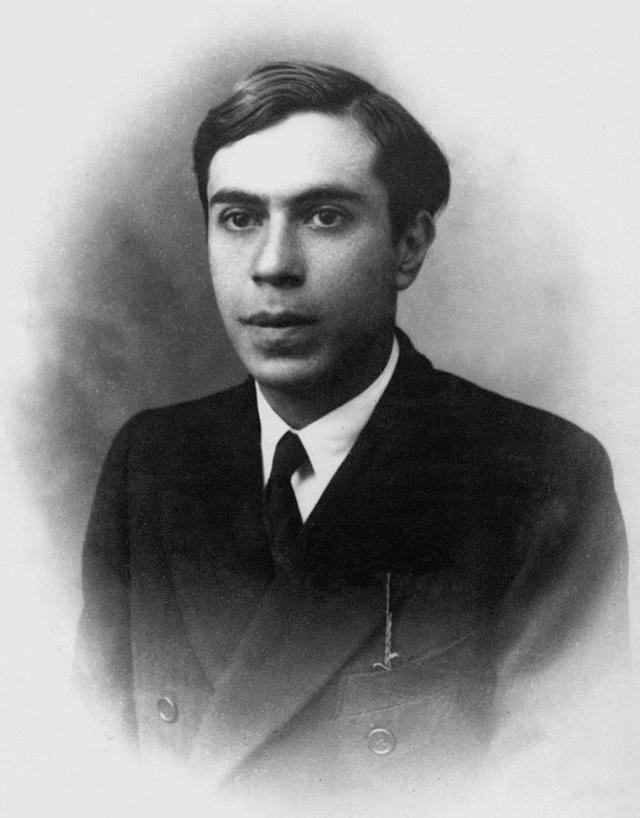
Ettore Majorana. /VCG Photo
about 10 years ago, scientists realized that Majorana fermions might also be created in experiments that explore the physics of materials.
What they've been looking for are "quasiparticles," namely particle-like excitations that arise out of the collective behavior of electrons in superconducting materials, which conduct electricity with 100 percent efficiency.
The process that gives rise to these quasiparticles is akin to the way energy turns into short-lived "virtual" particles and back into energy again in the vacuum of space, according to Albert Einstein's famous equation E = mc2.
While quasiparticles are not like the particles found in nature, they would nonetheless be considered real Majorana fermions.
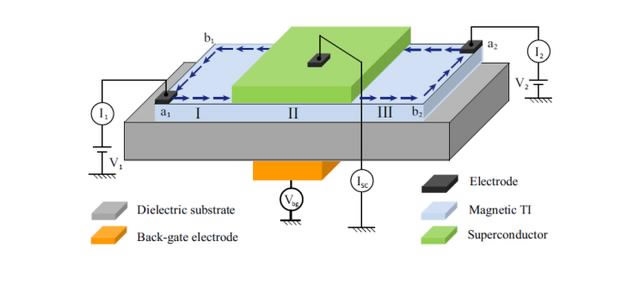
Zhang Shoucheng and his team's experimental platform. /Stanford University Photo
Over the past five years, scientists have had some success with this approach, reporting that they had seen promising Majorana fermion signatures in experiments involving superconducting nanowires.
The results of these experiments are not likely to have any effect on efforts to determine if the neutrino is its own antiparticle, noted Stanford physics professor Giorgio Gratta, who played a major role in designing and planning one of the four experiments currently underway to check on the neutrino.
"The quasiparticles they observed are essentially excitations in a material that behave like Majorana particles. But they are not elementary particles and they are made in a very artificial way in a very specially prepared material."
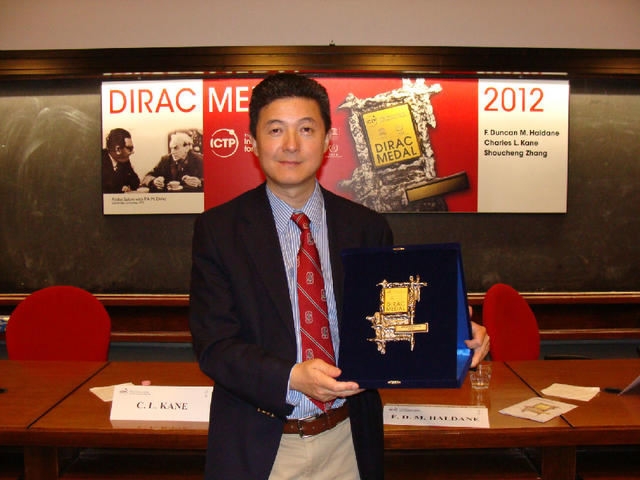
Zhang Shoucheng won the Dirac Prize in 2012. /Stanford University Photo
Acknowledging that the search for the famous fermion seems more intellectual than practical, Zhang said it could have real-life implications for building robust quantum computers in the future.
Since each Majorana is essentially half a subatomic particle, a single qubit of information could be stored in two widely separated Majorana fermions, decreasing the chance that something could perturb them both at once and make them lose the information they carry.

File: Zhang Shoucheng (L) and Yang Zhenning in 1987 at Zhang's PhD graduation ceremony. /Xinhua Photo
Yang Zhenning, a Chinese physicist and Nobel laureate of Physics in 1957, as well as Zhang's former PhD supervisor, said that seeing a Nobel Prize in Physics awarded to Zhang is just a "matter of time", quoted Thomson Reuters' prediction. This new discovery may make their forecasts become true.
(With inputs from Xinhua)




